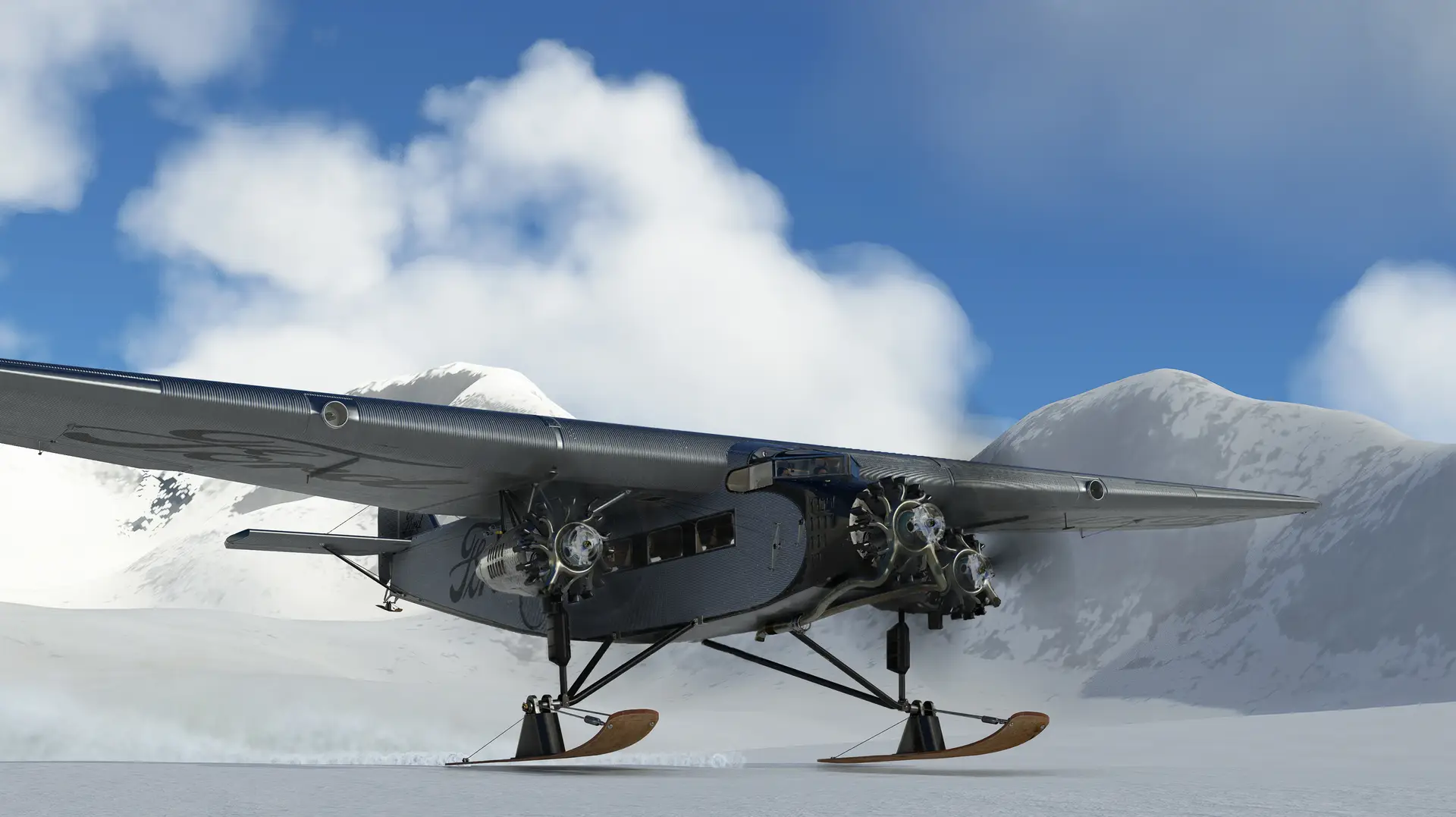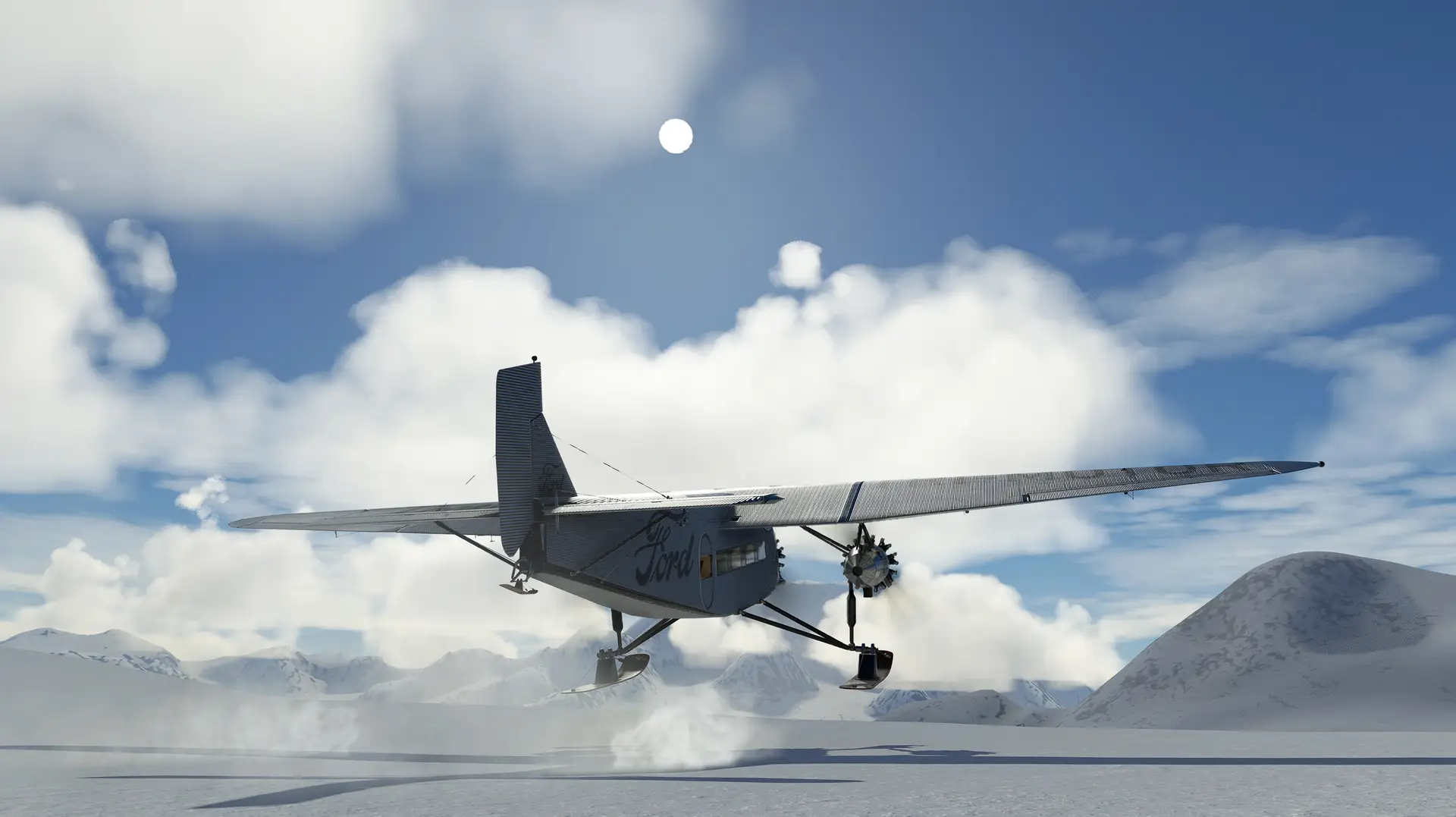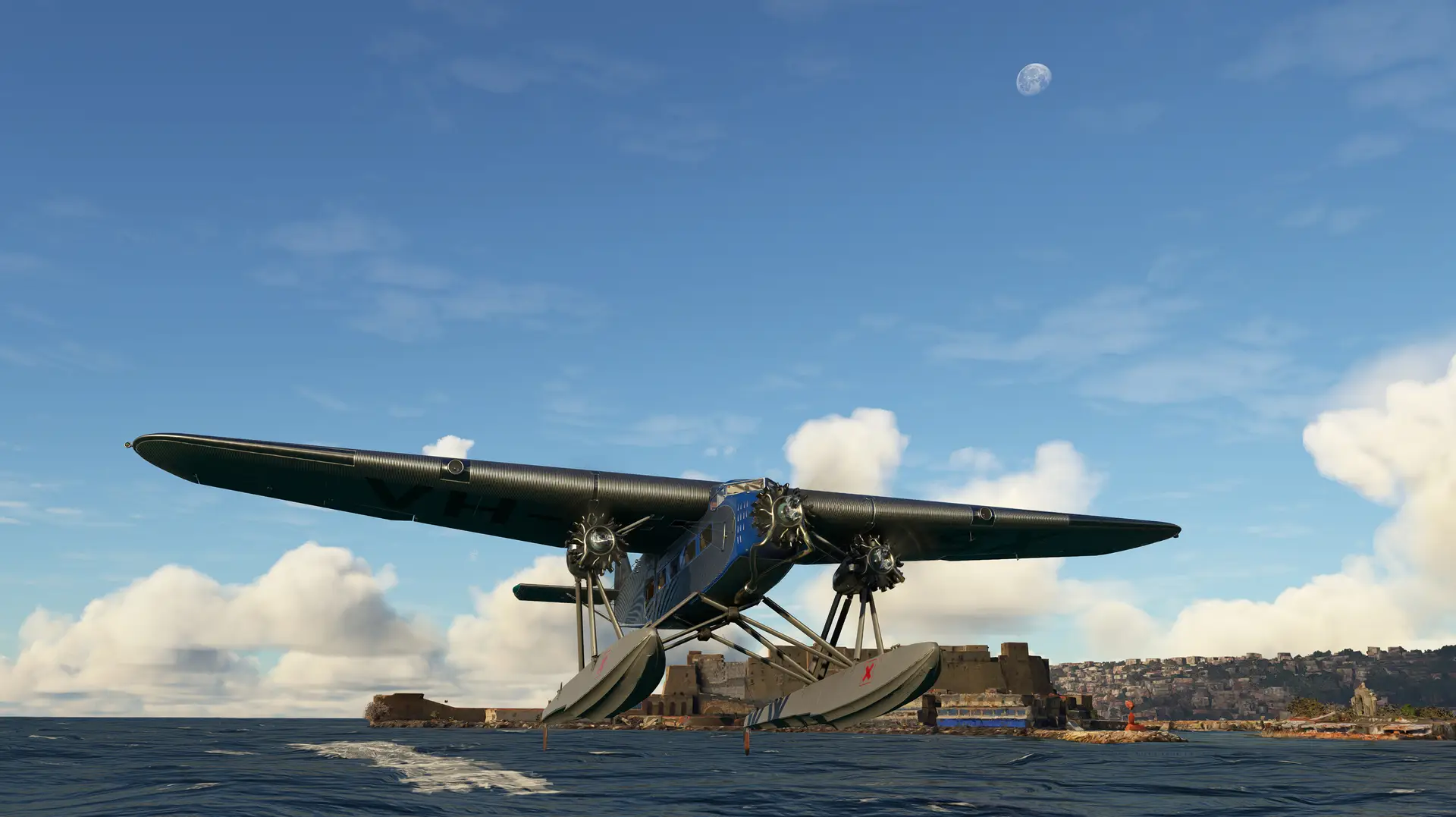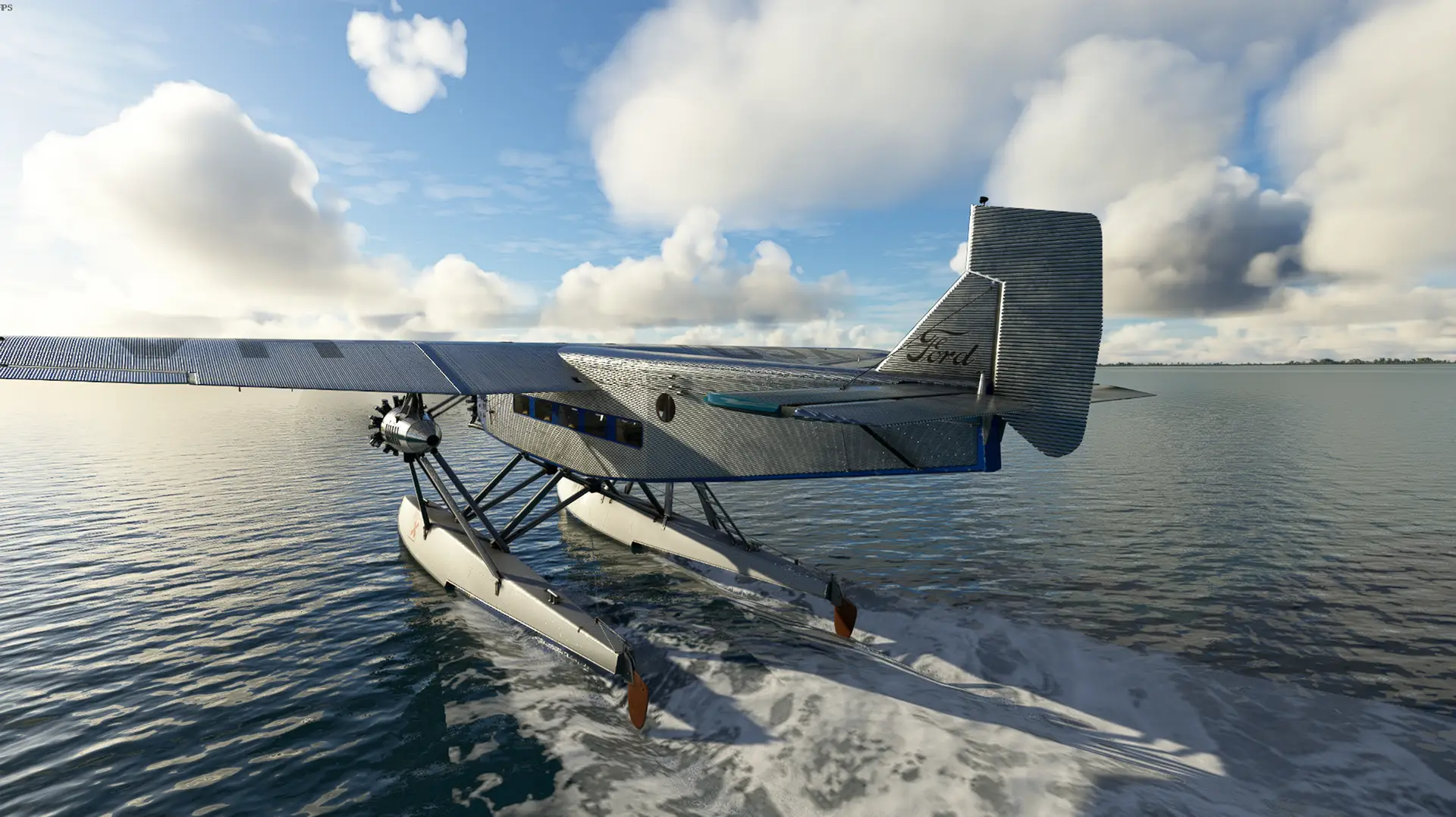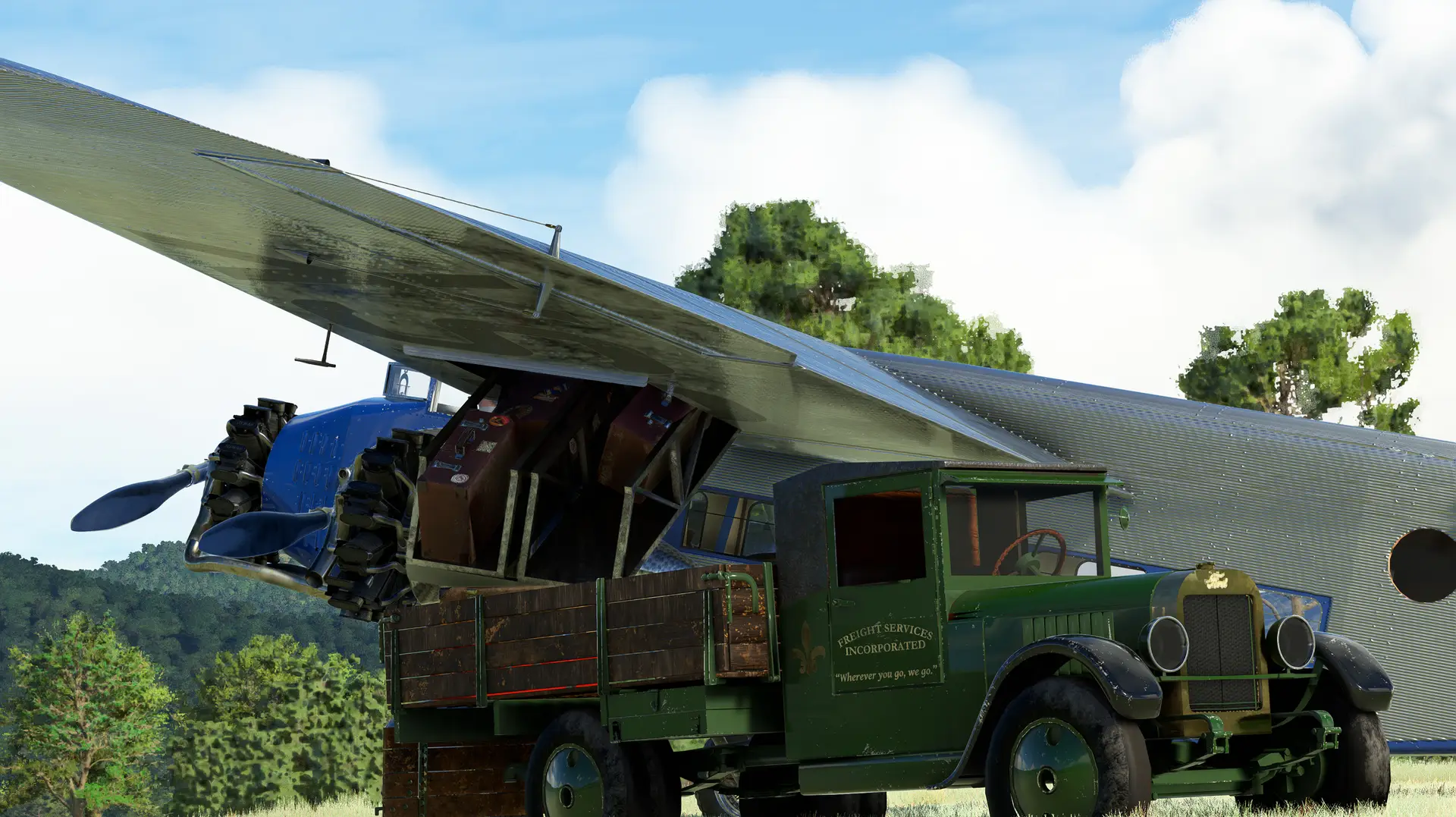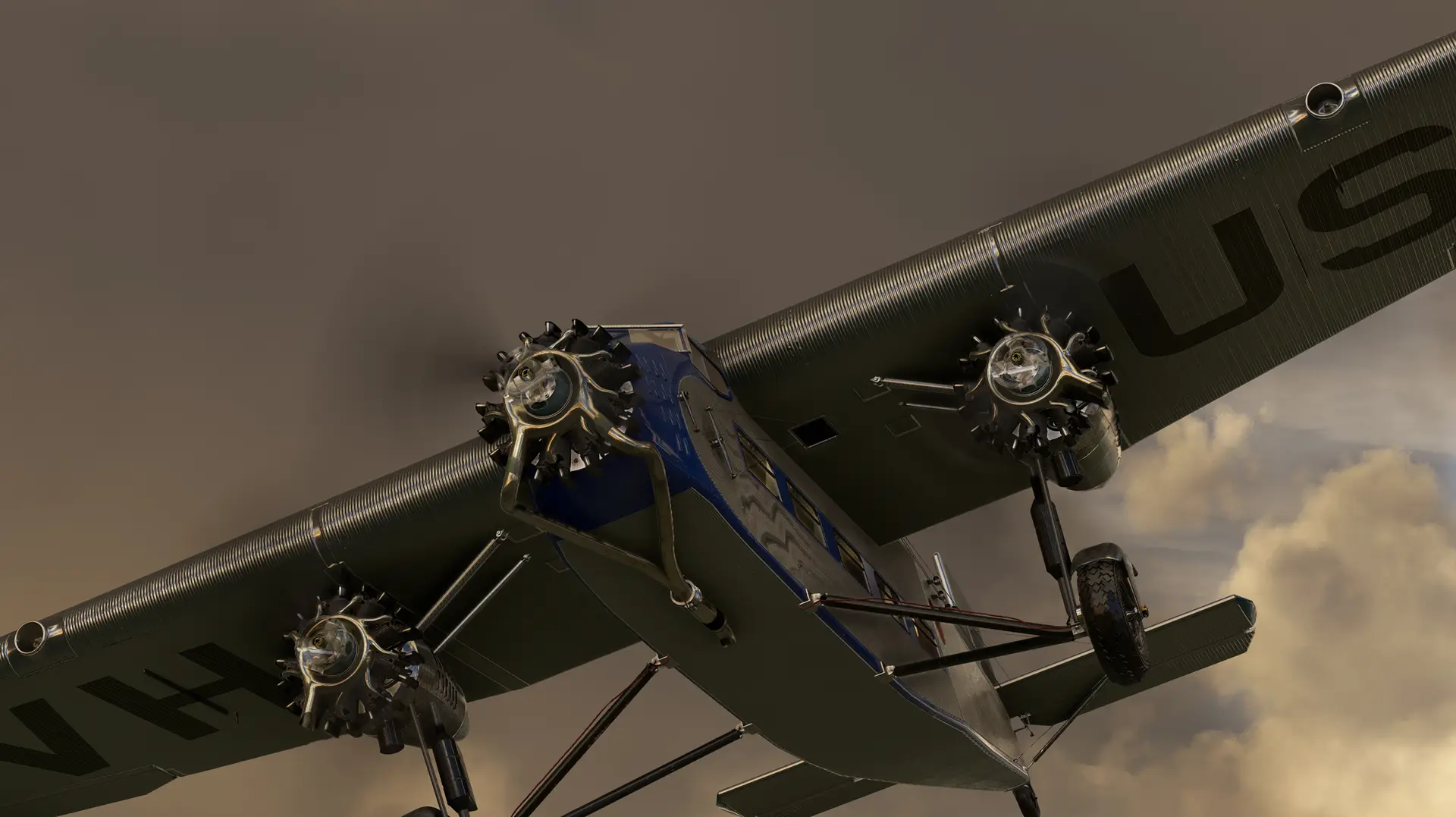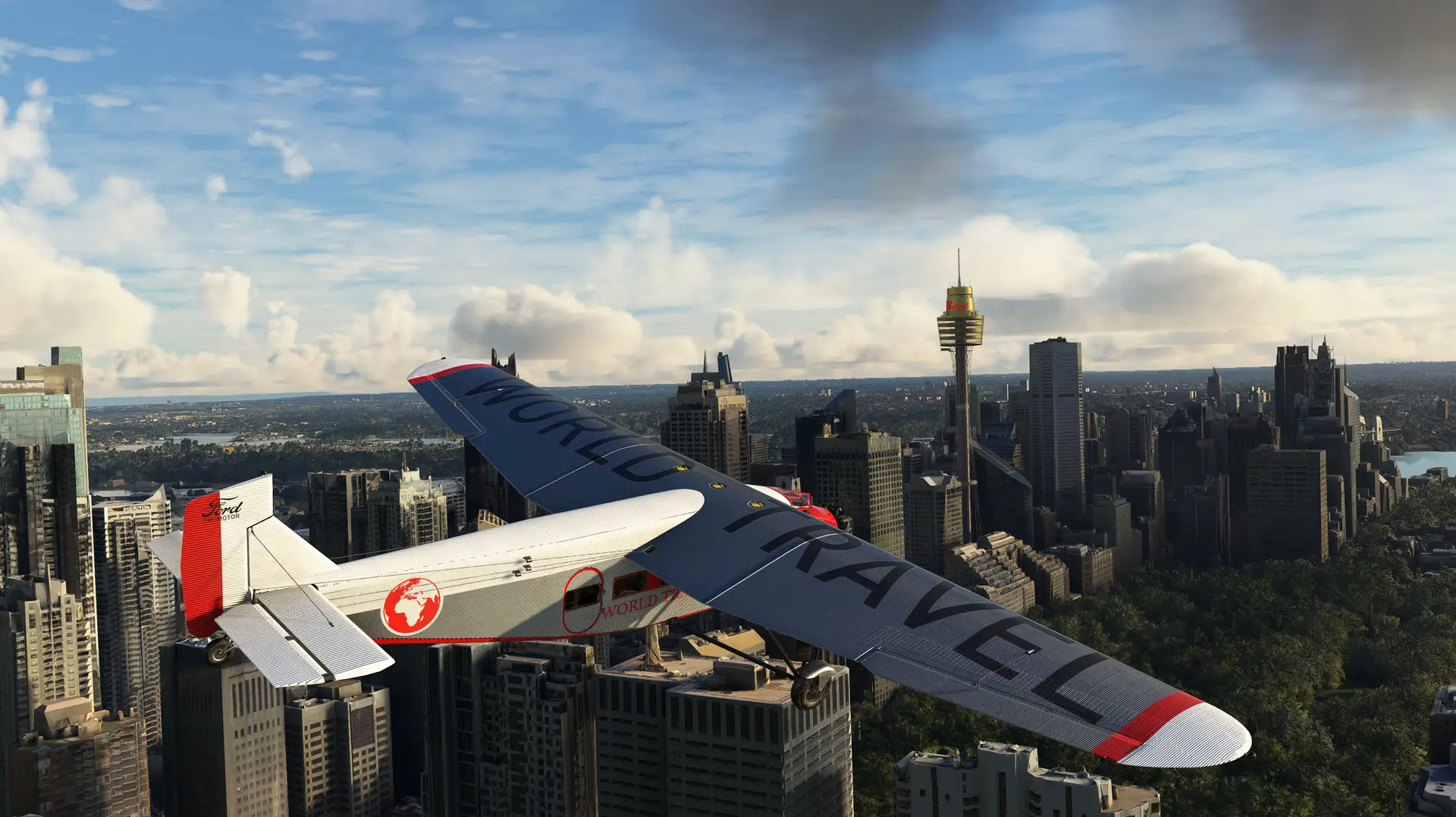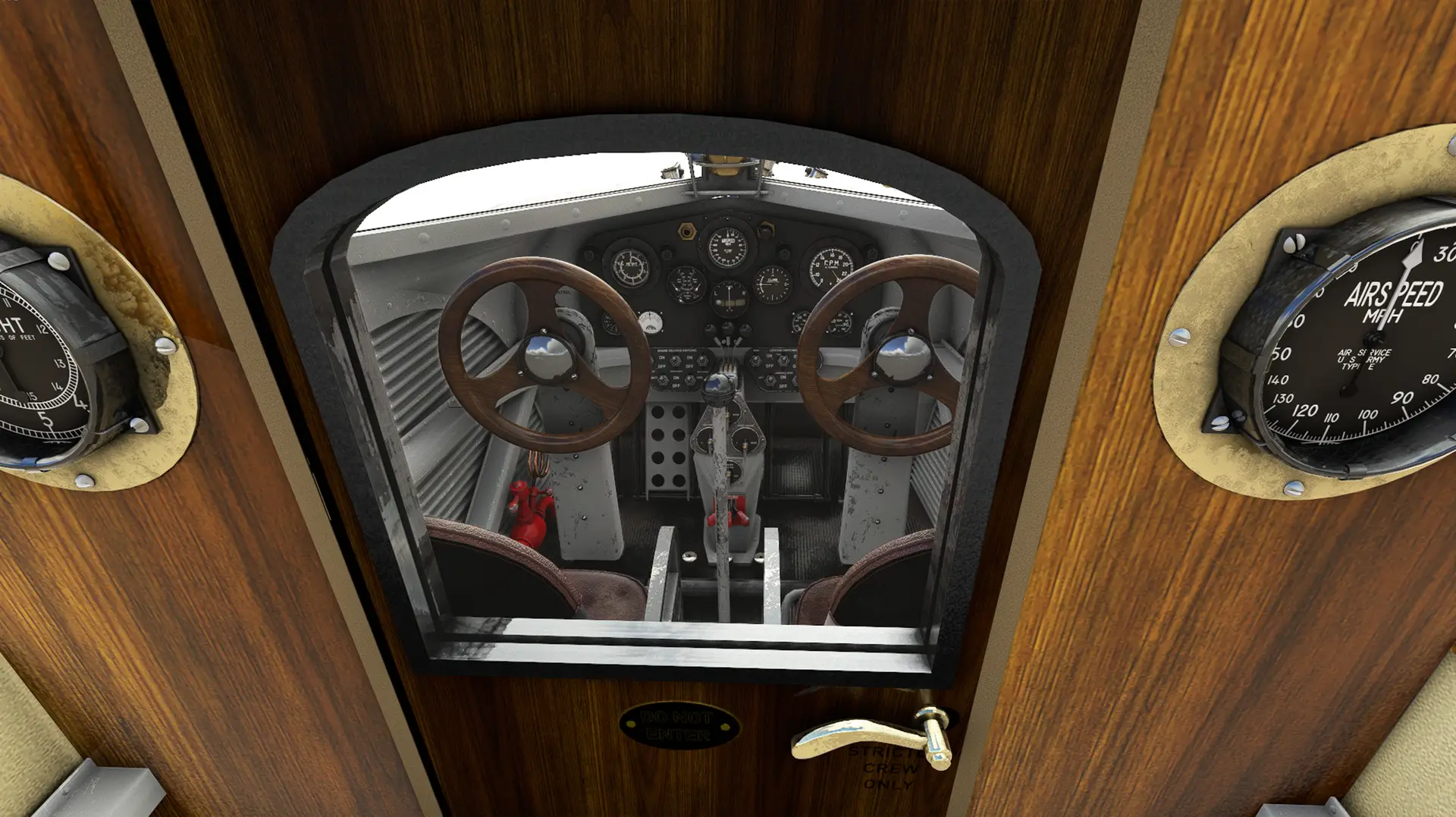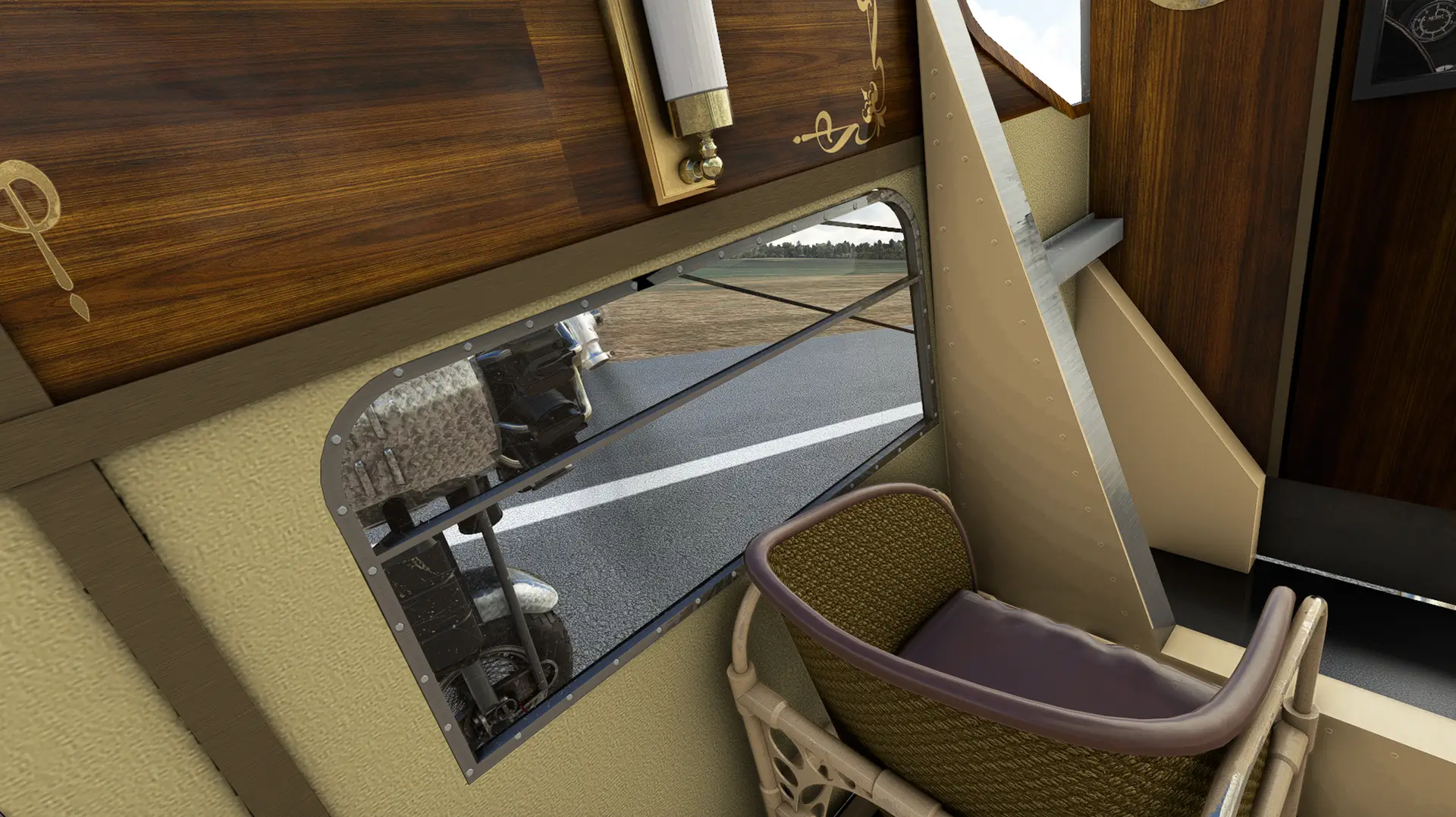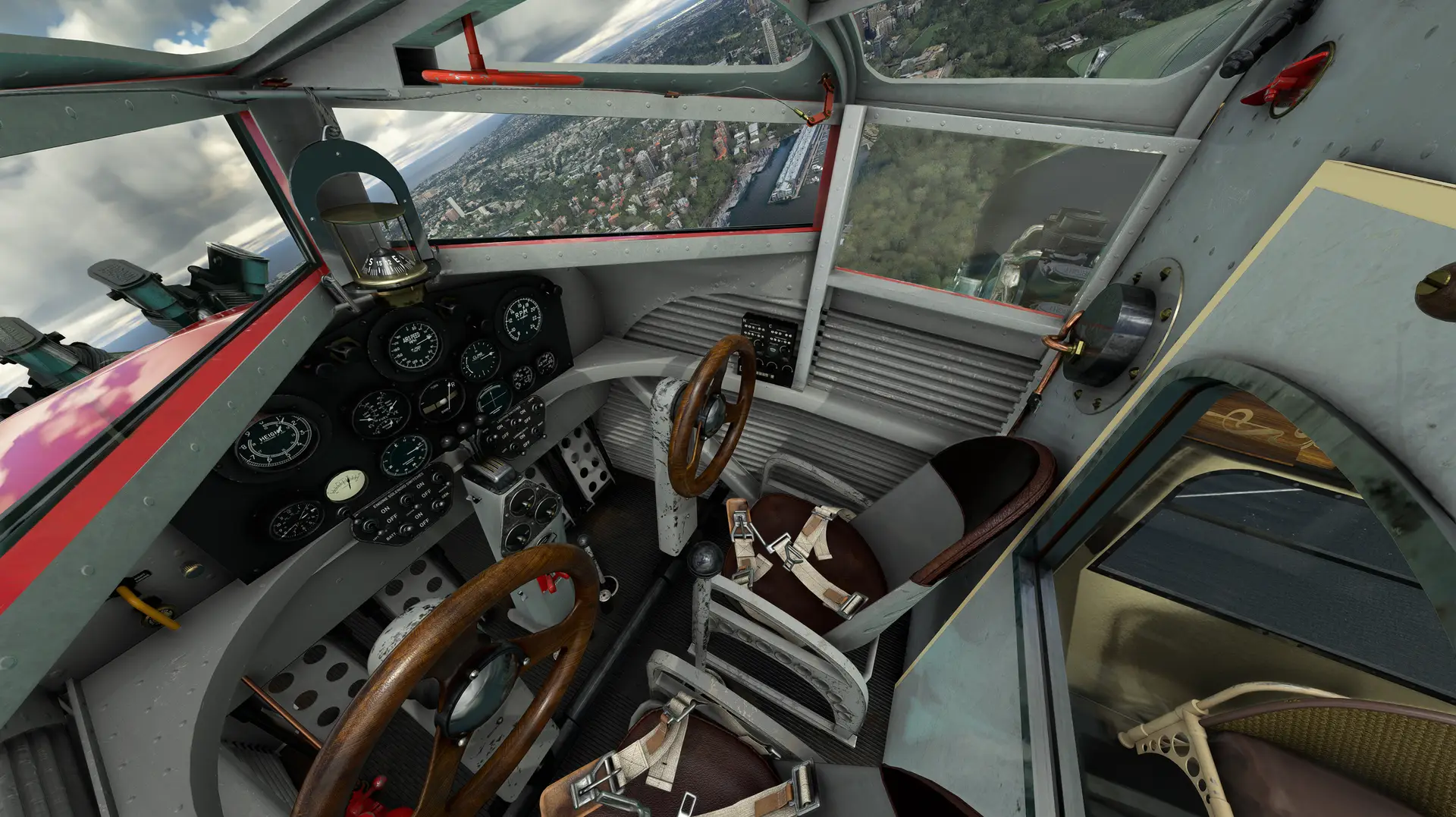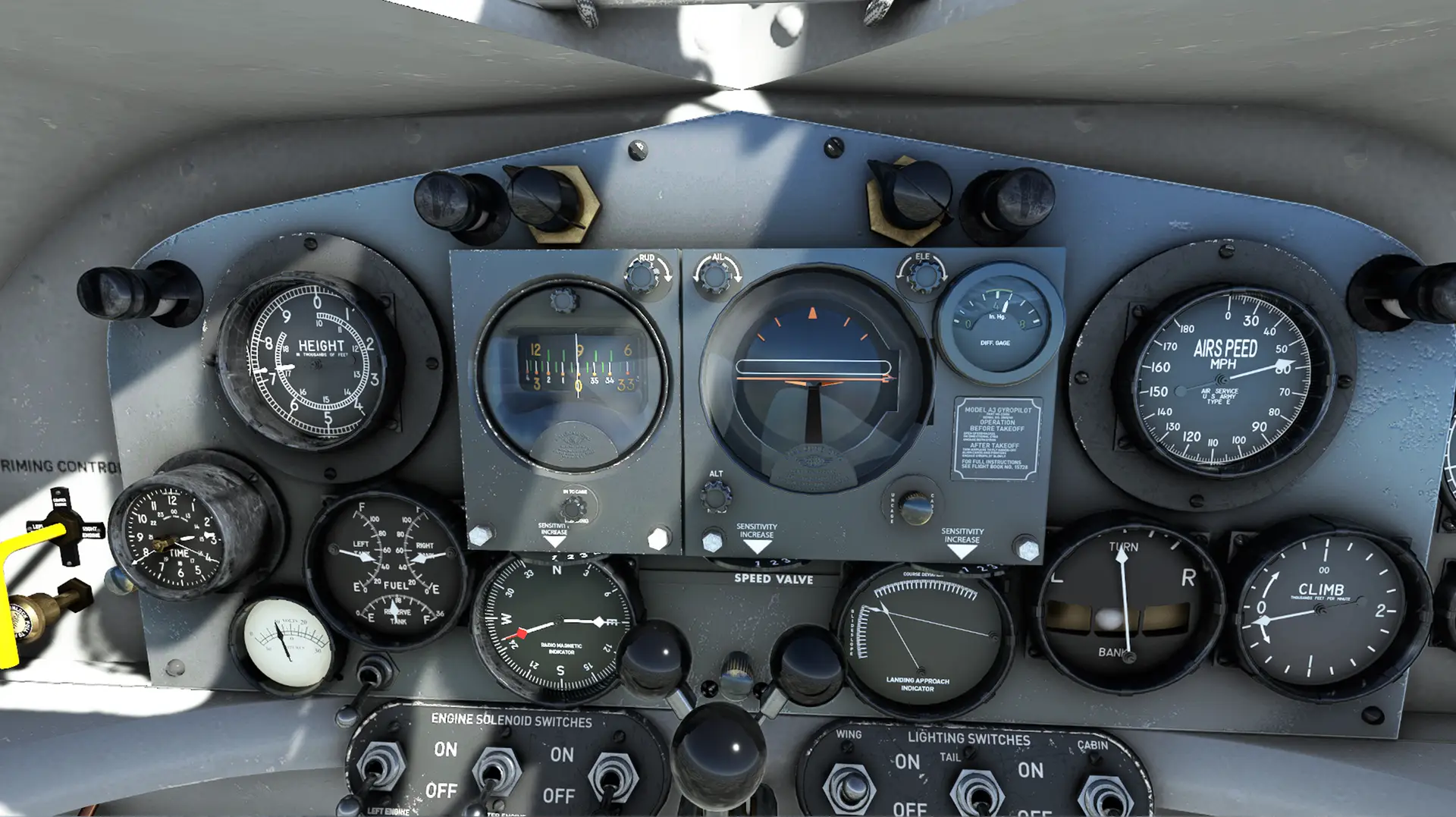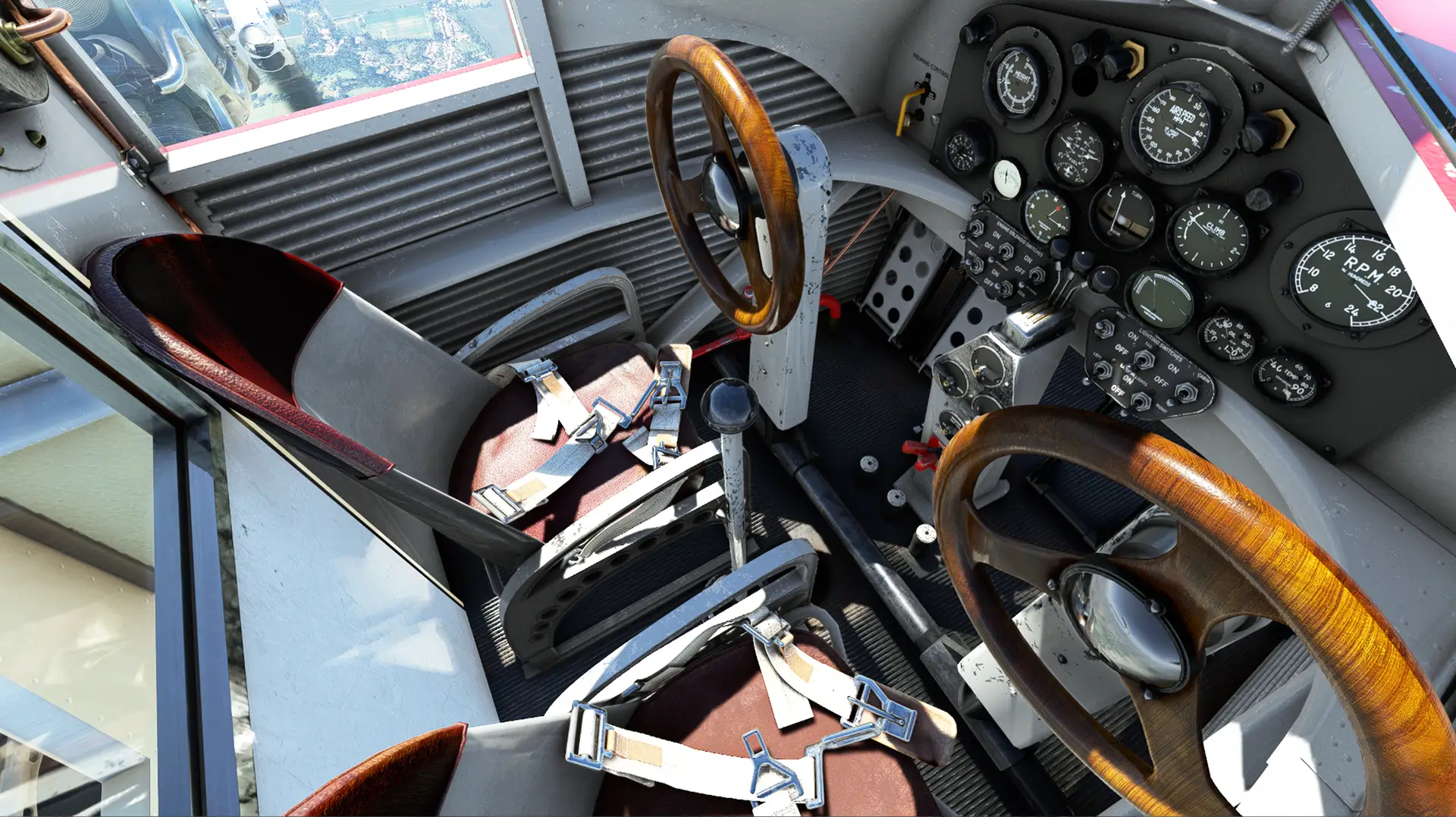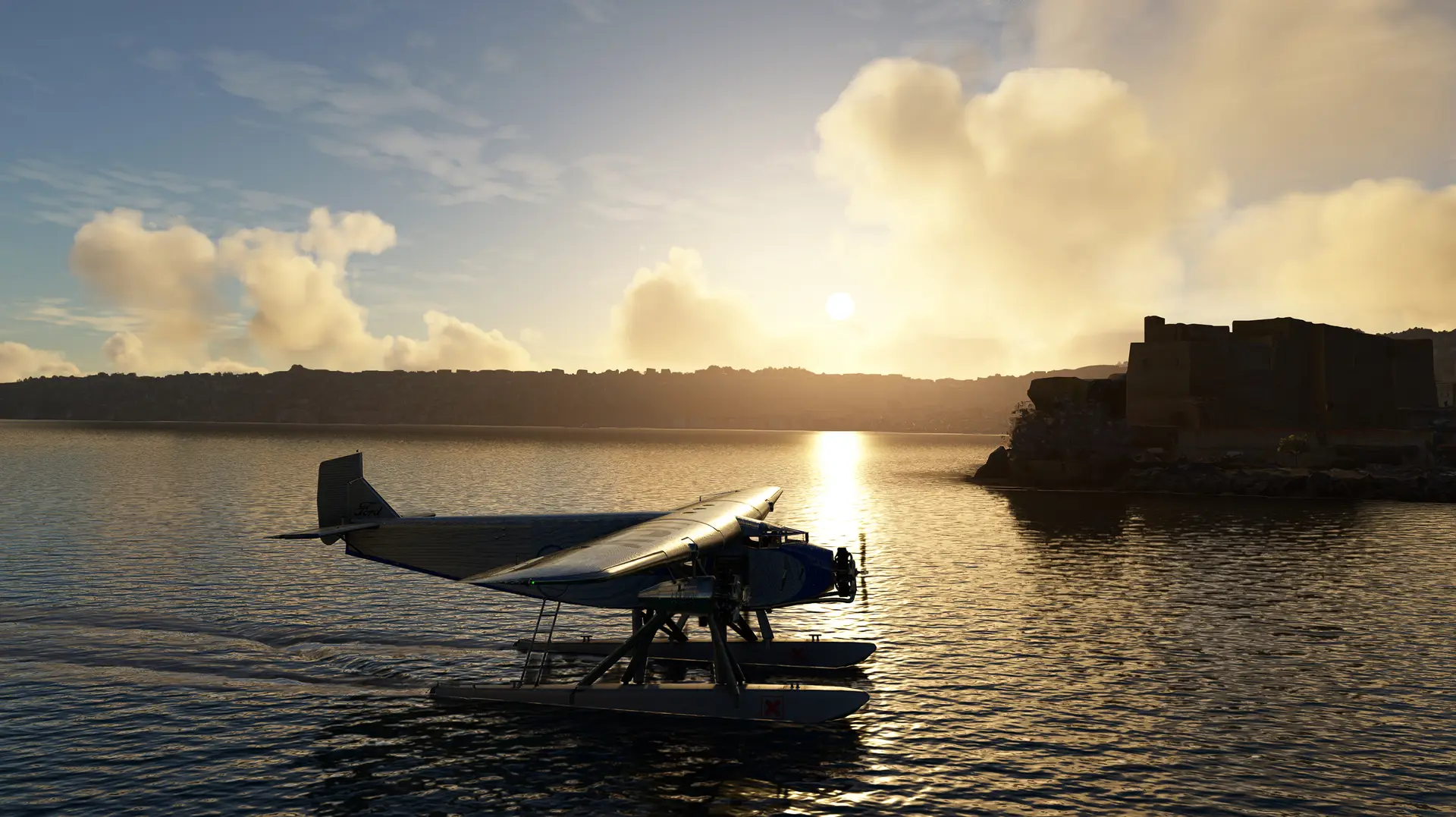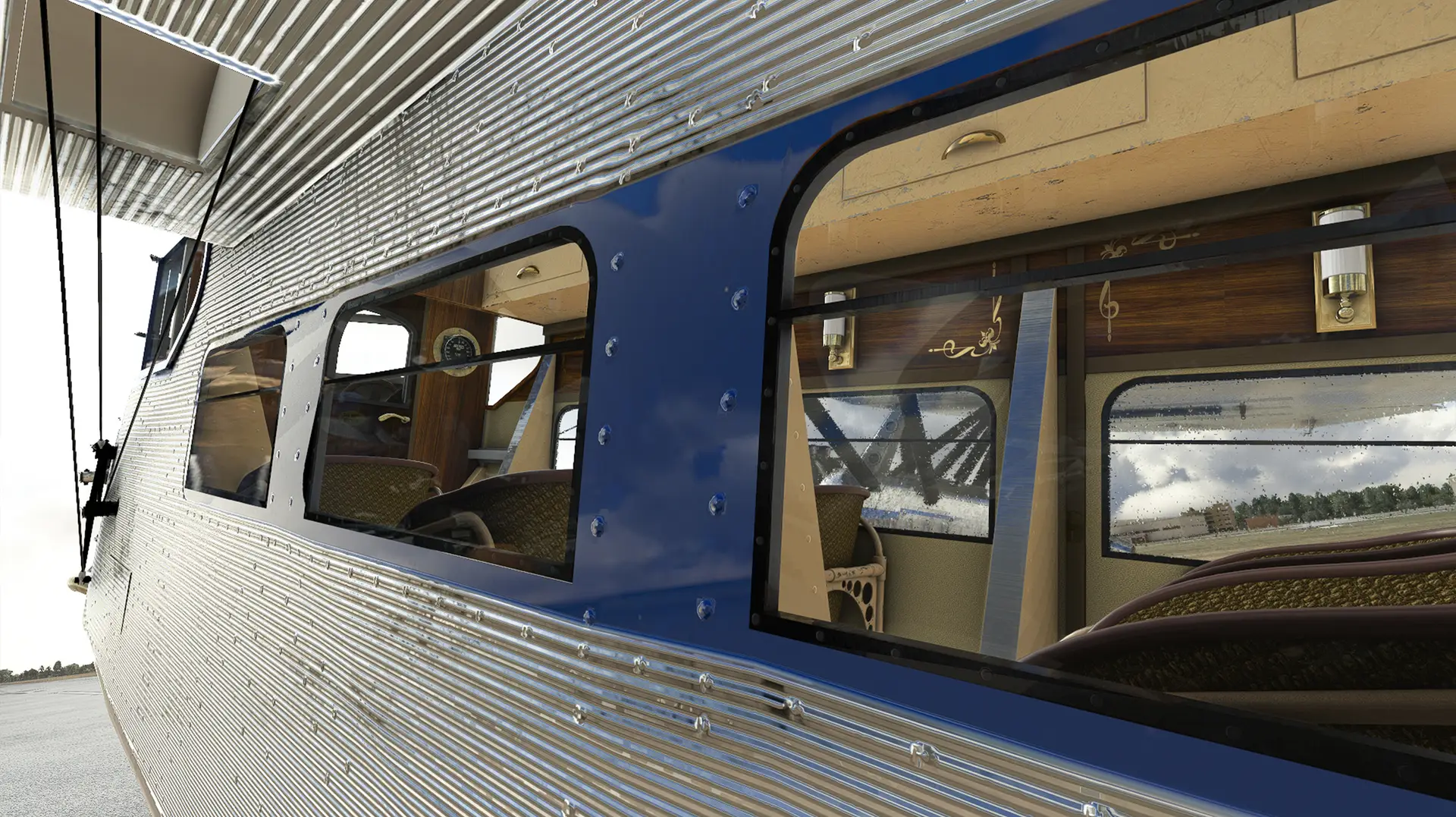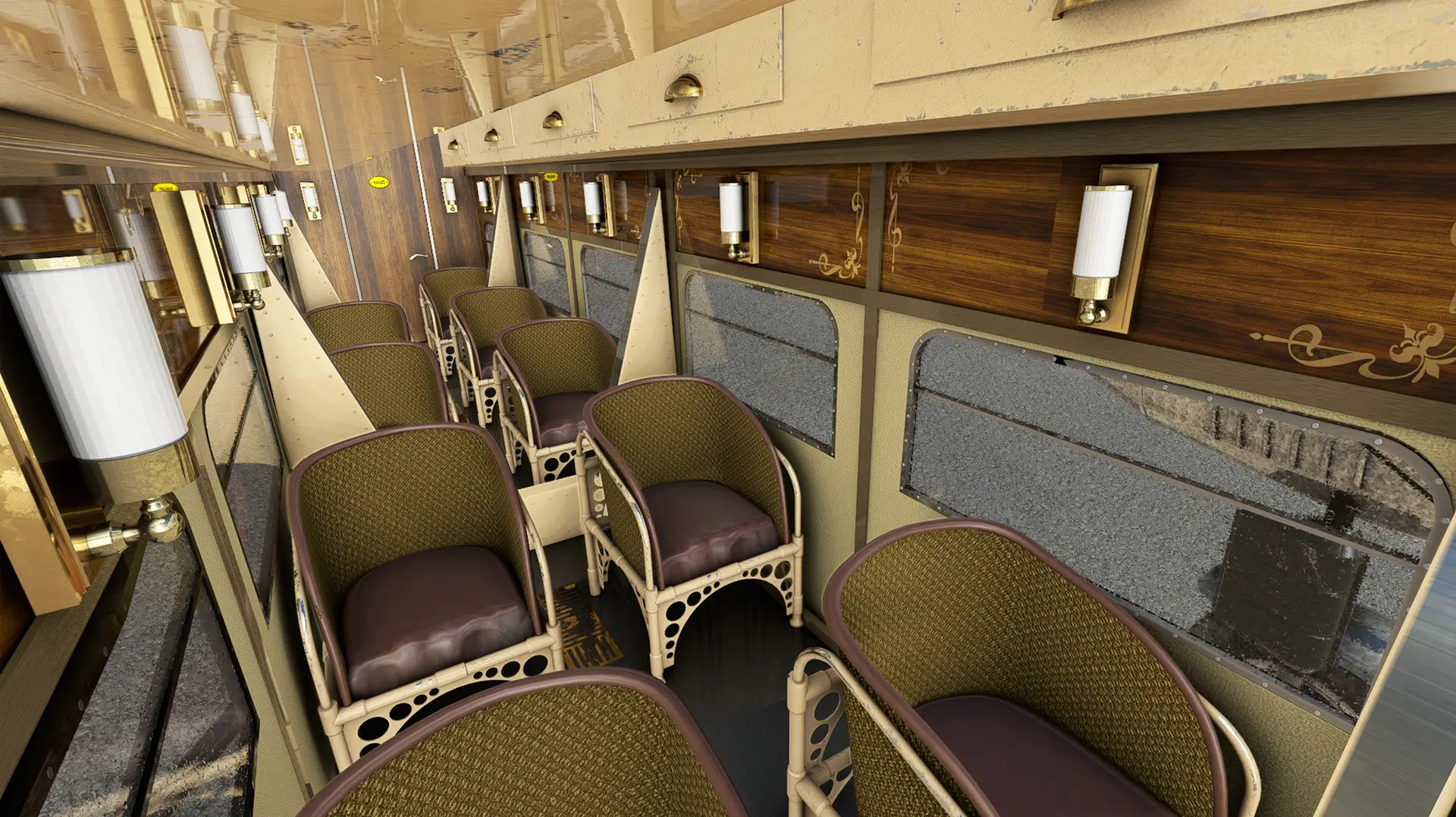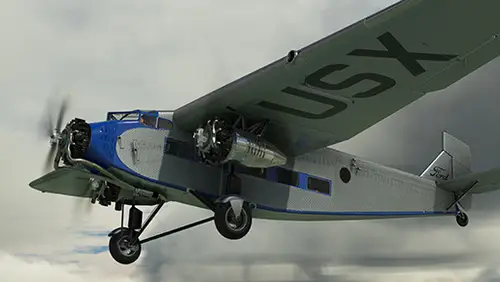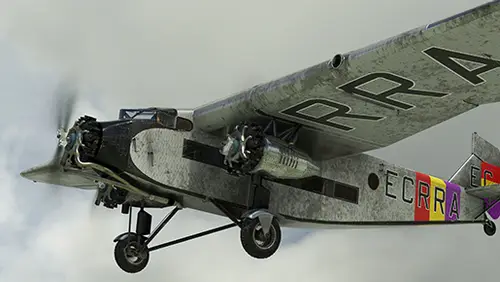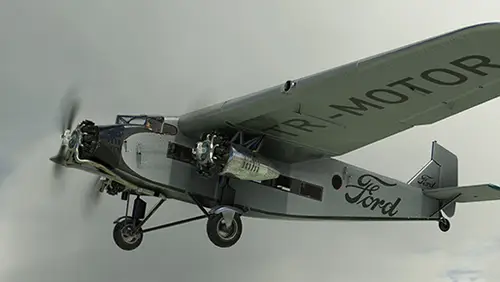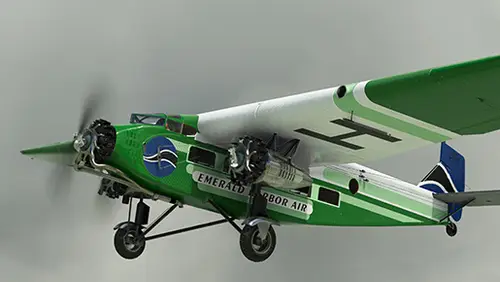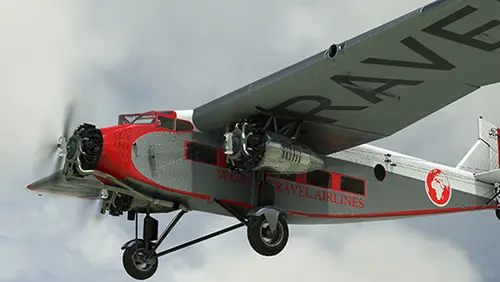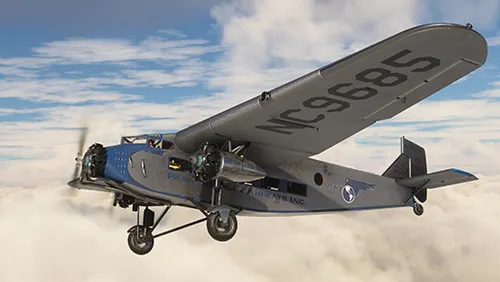The 4-AT is an all-metal, high-wing, three-engine passenger and cargo aircraft produced by the Ford Motor Company’s Stout Metal Airplane Division. Called the Trimotor, the aircraft took its maiden flight on June 11, 1926 and entered service later that year. 199 were manufactured during a production run that lasted from 1926 to 1933. It is crewed by one or two and can carry up to 12 total, including pilot(s). The Trimotor, actively and vigorously backed by Henry Ford, quickly established itself as one of the luminaries of the Golden Age of Flight.
The introduction of the Trimotor was one of the most important milestones in the early history of aviation, notably that of commercial passenger carrier lines. The sturdy, powerful, and comfortable aircraft allowed for the opening of a number of long-range routes. These included Pan American Airway’s first international run, from Key West, Florida, to Havana, Cuba, and a number of domestic routes throughout the United States. In all, roughly 100 airlines used the Ford Trimotor. The aircraft served for decades, including as a freighter in its latter years of operation. Although primarily a civil commercial craft, the 4-AT saw limited service in military roles, notably in logistic support.
Its durability and reliability led Richard Byrd to choose the aircraft for an expedition to Antarctica. Three Trimotors were used, one of which made the first overflight of the South Pole in November of 1929, a remarkable feat, one of many made possible by the aircraft. The 4-AT was also operated by a number of famous aviators, including Amelia Earhart and Charles Lindbergh, adding to its notoriety and legendary status.
The 4-AT features corrugated aluminum construction on its fuselage, wings, tail section, and control surfaces. It measures 49 feet, 10 inches in length, stands 11 feet, 9 inches high, and has a wingspan of 74 feet. Its has a traditional empennage and a standard fixed undercarriage. The aircraft can be fitted with floats for water operations or skis for snow or glacier take-offs and landings.
The Trimotor is powered by three 300-horsepower, 9-cylinder Wright J-6-9 Whirlwind radial piston engines, and each turns a 2-blade, fixed-pitch propeller. Two engines are located under the main wing, one on each side, suspended by braces. One engine is mounted on the nose of the airplane. The Trimotor has a range of 570 miles, climbs at 920 feet per minute, and has a service ceiling of 16,500 feet above sea level. It has a stall speed of 57 miles per hour, cruises at 113 mph, and has a maximum speed of 132.
The Ford 4-AT Trimotor is an aviator’s dream machine. Built ruggedly, it can operate out of some of the world’s roughest airfields, and its power, combined with its forgivingness in the air, takes pilot confidence to new heights.
